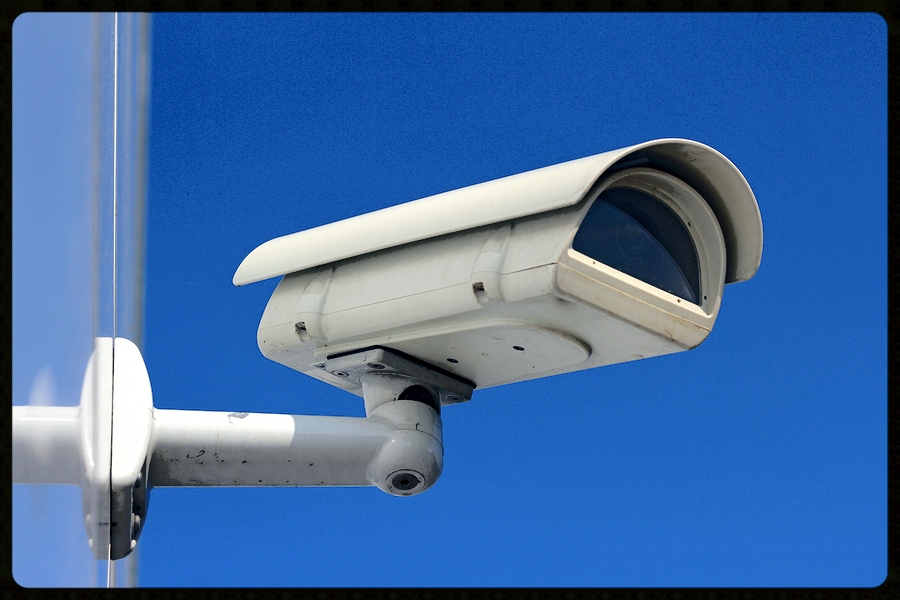In New Zealand CCTV has almost become an interchangeable term with security camera system and while CCTV still remains the dominant of two types, IP cameras have been steadily been gaining popularity.
This CCTV cameras NZ article gives you a rundown on the components which make up a typical CCTV system, CCTV applications and a quick guide on what you can expect to pay to get CCTV setup
CCTV components
- Cameras
Cameras are split into indoor and outdoor varieties
Indoor models tend to be dome shaped with blackened covers which keeps their movement direction secret.
Outdoor models are often incased in rectangular boxes which protects them from the weather
Analog CCTV cameras have lower resolution capabilities (clarity of image) when compared to IP CCTV cameras.
Analog cameras have a maximum VGA resolution of 800 x 600 where as IP cameras allow for Super VGA resolution at 1280 x 1024 which is more than double the clarity of analog
CCTV systems are usually installed with a minimum of 2 cameras for small sites. Larger sites may have 12 or many more interconnected cameras running.
- Video recorder (DVR/NVR)
Digital video recorders (DVR)
Analog systems use digital video recorders, not unlike your DVR you use with your television.
The unit is linked up with the installed CCTV cameras and records footage onto a hard drive (standard internal memory is currently 1TB), removable memory cards or some cases rewritable DVD’s.
Network video recorders (NVD)
IP camera systems call for a different type of recorder called NVD’s. Their purpose is the same as a DVR and are intended as a recording and storage device for CCTV camera footage.
- Monitor
Monitors are simply computer/tv screens used for real-time viewing of security camera footage, there are two general locations for monitor use – private or public
Private
Monitors are installed away from central view, in a security office, or back office. They are used to keep watch over staff and customer actions while the person monitoring is away from the camera covered area.
Public
These monitors that are installed in plain view of the public/customers. Often positioned at shop entrances, they act as a shop lifting deterrent by alerting customers to the fact that their actions are being monitored
CCTV for home security
Home security cameras have previously only been accessible for NZ homeowners in million dollar suburbs. However with vast improvements in technology, home security cameras are becoming increasing popular and are both cheaper to both purchase and monitor.
Elevated security cameras installed at entrance gates and front doors are excellent deterrents for would be intruders. Thieves rightly perceive that residences with CCTV cameras are well guarded and will usually move onto easier prospects.
CCTV for commercial security
CCTV surveillance is no longer just the domain of large retailers looking to reduce shop lifting. Security cameras in commercial setting are commonly been used to:-
- Reduce in-house theft
Retailers know that employee theft is a much higher risk to a business’s bottom line than shop lifting. Many cash based businesses have had huge damage done to their balance sheets as a result of employee theft, plenty have also gone broke as a direct result.
Installing CCTV cameras at counter/till areas reduces the temptation for dishonesty with cash.
- Reduce break ins and external theft
Prevention is often thought of as most effective security. Mounting CCTV cameras at prominent entry points along with signage deters opportunistic thieves and vandals from targeting your site
- Improve employee safety on site
CCTV allows monitoring of all visitors that enter and exit the building and their actions. Surveillance in car parks helps to keep employees safer, particularly after hours.
Cameras are also able to capture instances of employee violence and harassment which can be used as evidence where prosecution is necessary
- Improve public/customer safety on site
As with improving employee safely, security cameras in worksites, offices and car parks helps to prevent intruders from targeting your customers and the public.
CCTV system prices in NZ
Entry level analog CCTV systems start at about $600 for a 2 camera indoor system with DVR and a small amount of cabling (monitor not included). These systems would be suitable for home and small shops like dairies.
This is a system only cost, installation costs are extremely variable with all sites requiring different time spent running cabling depending on building construction. For a 2 camera entry level home CCTV system you could expect a minimum of $200 extra for installation.
Quality IP CCTV camera systems are substantially more expensive than analogue CCTV systems and can easily cost double what a comparable analogue system would cost
Larger quality commercial CCTV camera systems with 6 or more cameras will cost upwards of $2,000 excluding monitors and installation.
Summary
In commercial settings CCTV cameras provide additional staff and customer safely, while providing preventative and active security.
At home CCTV cameras provide additional preventative security as well as footage in situations of break ins
As property crime rates climb around the country CCTV cameras are becoming an important part of home and commercial security systems in New Zealand.

